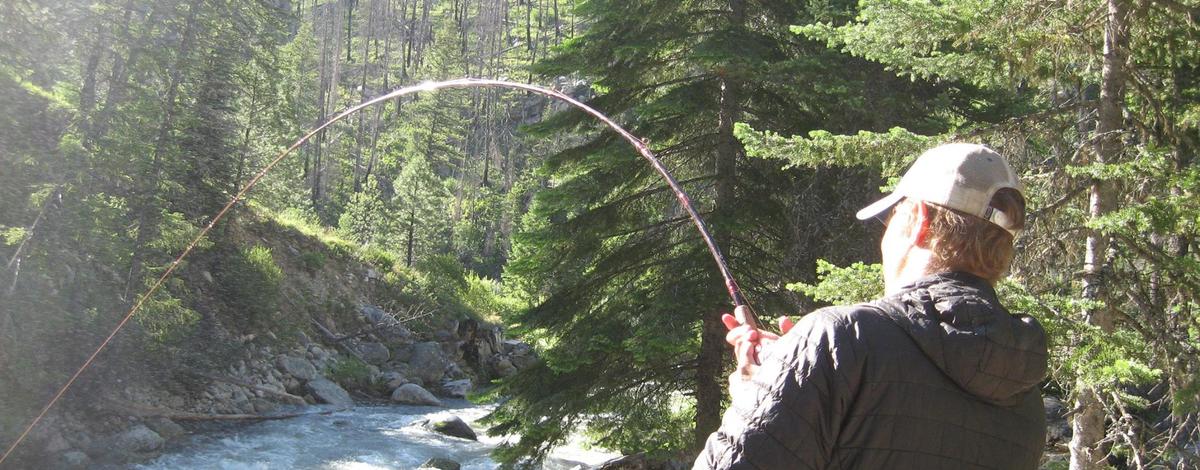Hi Everyone!
The South Fork Salmon River fishery opens in two days (Thursday, June 22), so here is some information to help you make plans for fishing the South Fork this year.
Rules
First of all, the season will be open 7 days per week until harvest share is reached, wild fish impacts are reached, or August 10 – whichever comes first. Fishing hours are from 5:30a to 10:00p, and the fishery boundaries will be the same as they were in 2022, from 100 yards below the South Fork Salmon hatchery weir to the posted boundary at Jakie Creek bridge, approximately 23 miles downstream. Daily limit is four hatchery salmon, only one of which may be an adult (over 24 inches) – once you harvest an adult, you must cease fishing for the day. You can find the full season rules HERE.
Harvest Share update
As I mentioned last week, South Fork Salmon River bound Chinook are still coming over Bonneville Dam, so the harvest share is still being fine-tuned. As of today, we estimate 3,029 South Fork bound Chinook have crossed over Bonneville Dam, and 1,952 of those have crossed over Lower Granite Dam. The table below shows the current estimated harvest share (670 adults) based on passage over Bonneville Dam. Again, this is still changing daily and I will provide another update next week.


